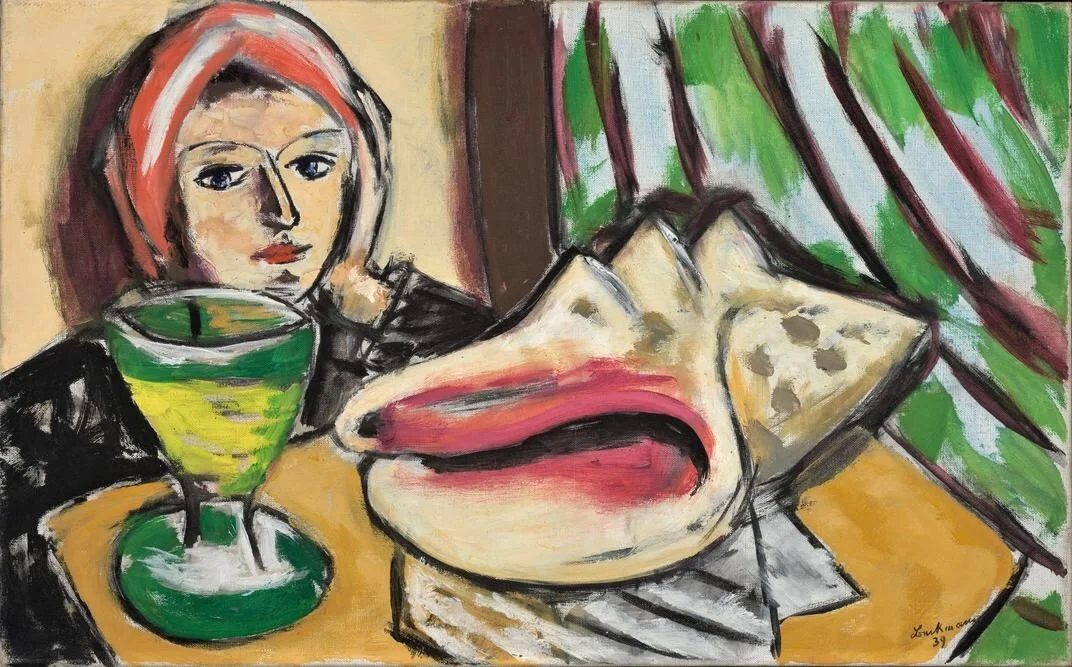Goddess Hathor's Fifth Dynasty Priestess Hetpet's Tomb Unveiled A Century After Discovery In Egypt
/A painting of seemingly larger-than-life Hetpet sitting on a table as her children provide her offerings. Photo via Egypt Today
Archaeologists working in Egypt have discovered a 4,400-year-old tomb close to Cairo, one that contains rare wall paintings and is thought to be the tomb of a priestess named Hetpet. Mostafa Waziri, the secretary general of the Supreme Council of Antiquities, announced the discovery located near the Giza pyramids.
“The tomb is in very good condition,” Dr. Waziri said. “There are colored depictions of traditional scenes: animals grazing, fishing, bird-catching, offerings, sacrifice, soldiers and fruit-gathering.”
Hetpet is believed to have been close to Egyptian royals of the Fifth Dynasty, part of a prosperous period in Egyptian history known as the Old Kingdom during which the pyramids, temples and palaces were built under the rule of pharaohs. Hetpet served as a priestess for Hathor, a goddess depicted as a cow and associated with fertility, motherhood and love. By this time in women's history, female priests were not that common in ancient Egypt, but Hathor's priesthood was an exception.
Hetpet's name was first seen on antiquities uncovered at the site in 1909 by a British explorer who sent them to Berlin and Frankfurt. The tomb itself was not unearthed until more than a century later in 2017
AFP reports that among the wall paintings are unusual scenes of monkeys, which were kept as pets at the time. "One shows a monkey picking fruit and carrying a basket, and another shows a monkey dancing in front of an orchestra. Only one other painting of a dancing monkey has been found previously, reports the Egyptian newspaper al Ahram, with a monkey dancing in front of a guitarist in the 12th-century tomb of Kal-ber in Saqqara.
Wall paintings from the newly-discovered Hetpet's tomb near Cairo, located in the Giza western cemetery. Photos via Egypt Today.


































